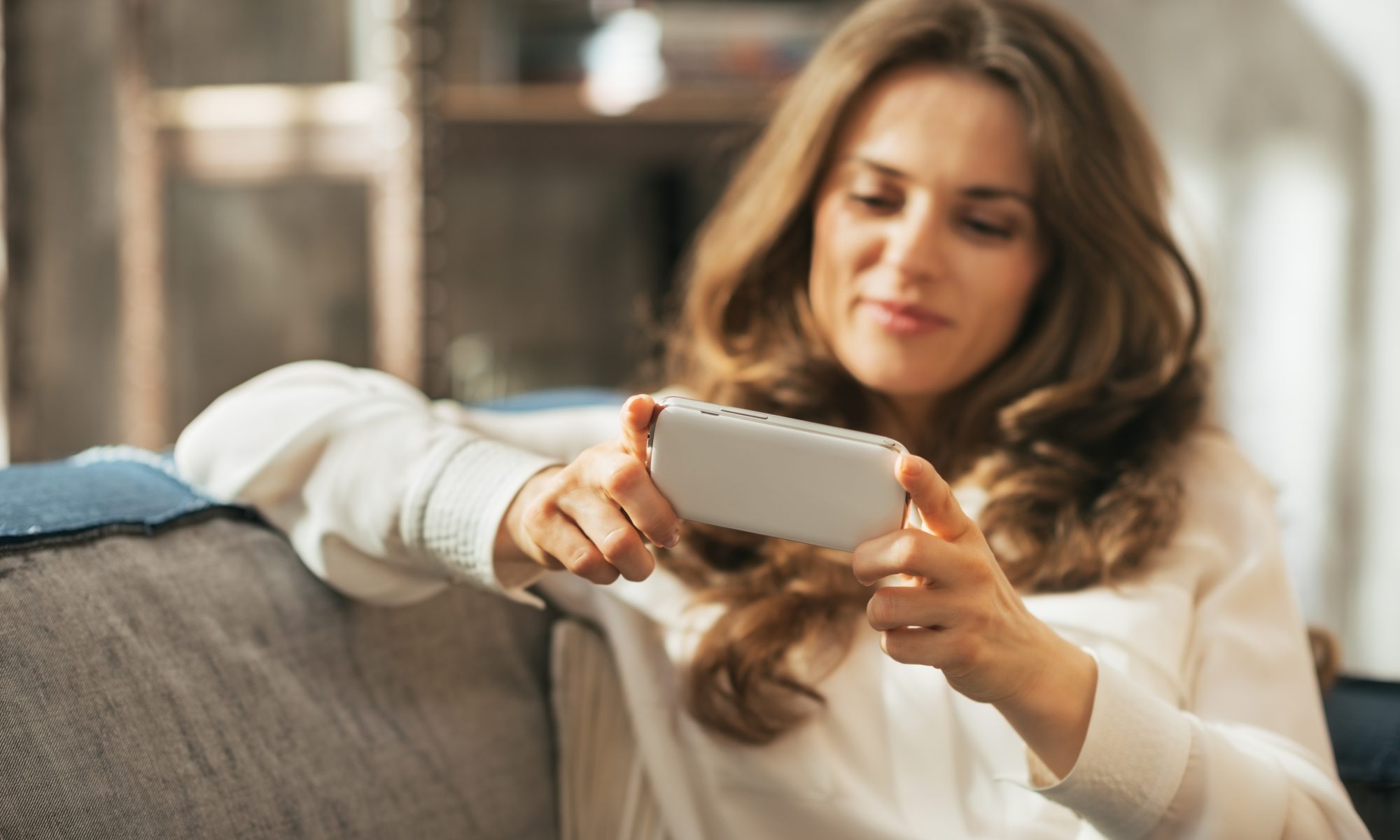
For many people living in India, owning a personal computer and accessing internet cafes has been a luxury. For most, their mobile phone is not just a means of communication, but also their only gateway to the internet. As a result, smartphones have become a lifeline connecting people in remote areas to essential services. Mobile technologies in India are changing the way people learn, receive healthcare, and conduct business. Following are three ways smartphones are giving them new opportunities they never had before.
Education on the Go with Mobile Technology
Poverty and location have long been barriers to education in India. According to the National Sample Survey Office (NSSO), the literacy rate among those aged 15 and above in India is gloomier than its Southeast-Asian neighbours. Mobile technology, however, has the capacity to change that by connecting students to teachers and resources from anywhere. Popular education apps in India include:
BYJU’s, an online learning platform that offers interactive video lessons and a personalized learning experience for students.
Unacademy, an online learning platform that provides free education to students in India.
Toppr, an online learning platform that provides personalized learning experience for students in India.
These apps provide teacher training, lesson plans, learning materials, and language instruction, resulting in sizable gains in literacy in India. Access to a mobile device makes this learning possible.
Healthcare at Your Fingertips with Mobile Technologies
One of the most popular ways that mobile devices are being used to improve wellness in India is by providing access to healthcare information and services. Telemedicine apps make it easy for people in remote areas to connect with a doctor or medical provider that they would otherwise not have access to. This allows patients to receive medical attention much faster, so they can get a diagnosis and treatment before it becomes serious.
Healthcare workers in the field can access health records, schedule appointments with patients, and send reminder texts to parents about vaccine availability at clinics. Illness and cause of death data can be better tracked through reporting via smartphones, providing real-time disease monitoring, and informing national health organizations.
Firmer Financial Footing with Mobile Technologies
The rise of mobile banking has had a massive impact in reducing poverty and improving the quality of life for those who otherwise do not have access to financial services. Mobile banking apps like BHIM, Paytm, and Google Pay provide Indian customers with financial services such as sending and receiving money through UPI, bill payment, short-term loans, and even salary payments.
Shifting financial transactions from cash to mobile apps has also led to a reduction in street robberies and cash bribes, making communities safer and less vulnerable to corruption.
UPI have helped many people in India. A study by the Reserve Bank of India found that mobile banking has allowed many people to start their own businesses, increase their savings, and spend money more efficiently. In all, this mobile technology has alleviated poverty, improved economies, and opened up opportunities for more people to thrive.
The Secondary Mobile Device Market
Mobile devices are empowering people in India by providing access to education, healthcare, and financial services. However, purchasing a brand-new smartphone can be cost-prohibitive for many. InstaCash offers a trade-in program that allows people to sell their old phone and upgrade to a new one at a more affordable price. Through our mobile and web apps, you can easily get a quote for your device and schedule doorstep pickup for the same.
visit: getinstacash.in

You must be logged in to post a comment.